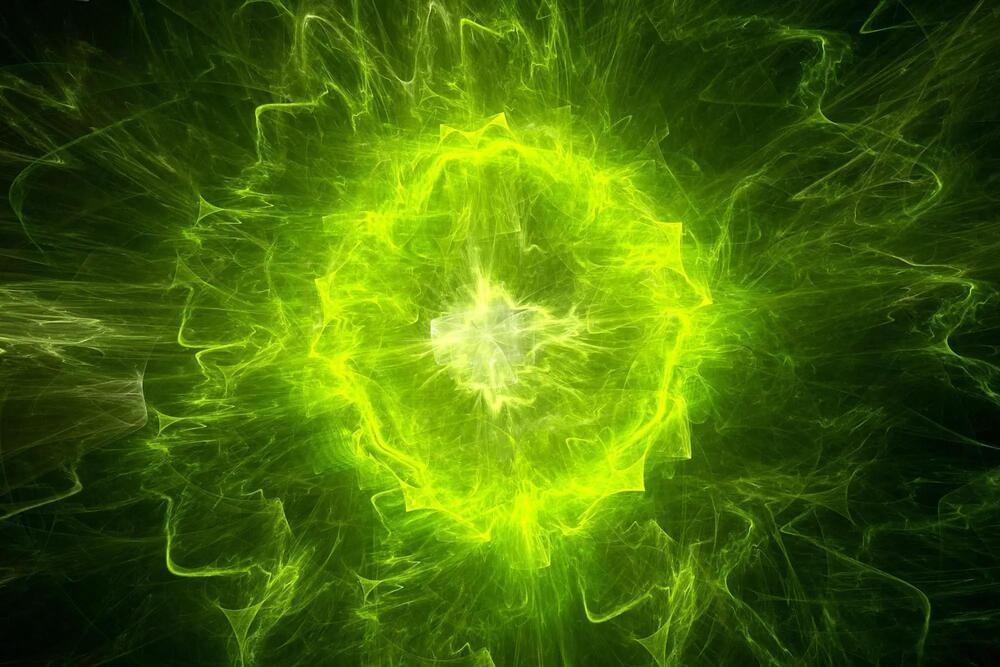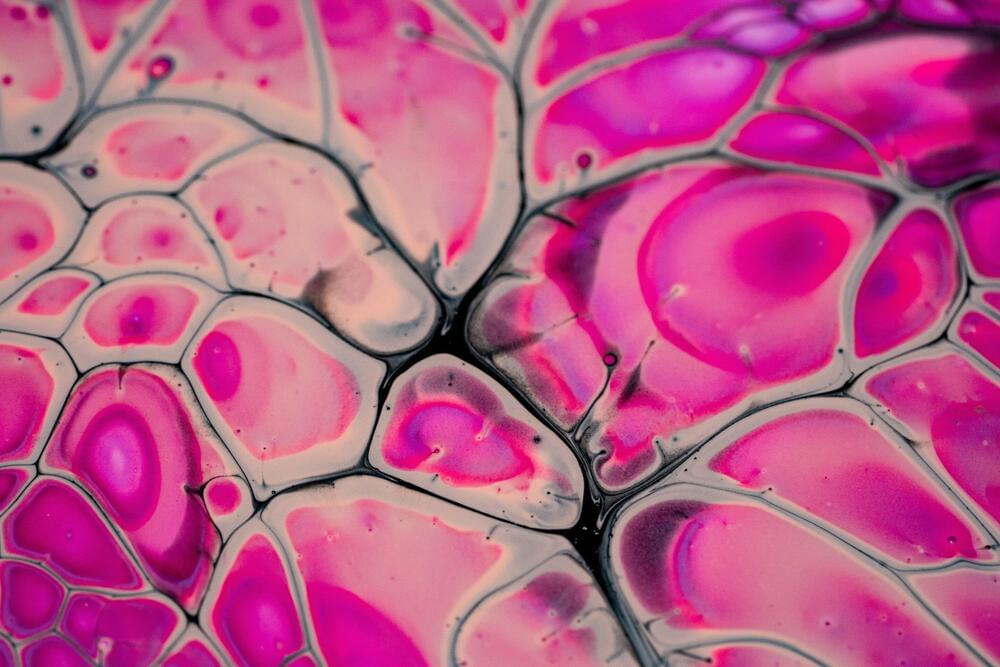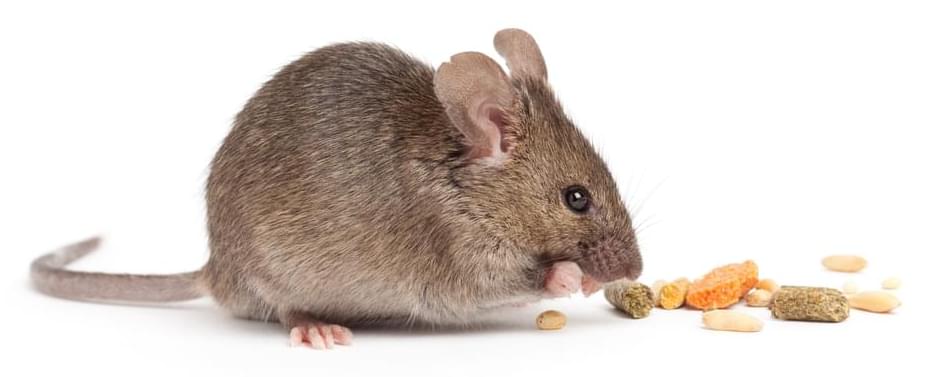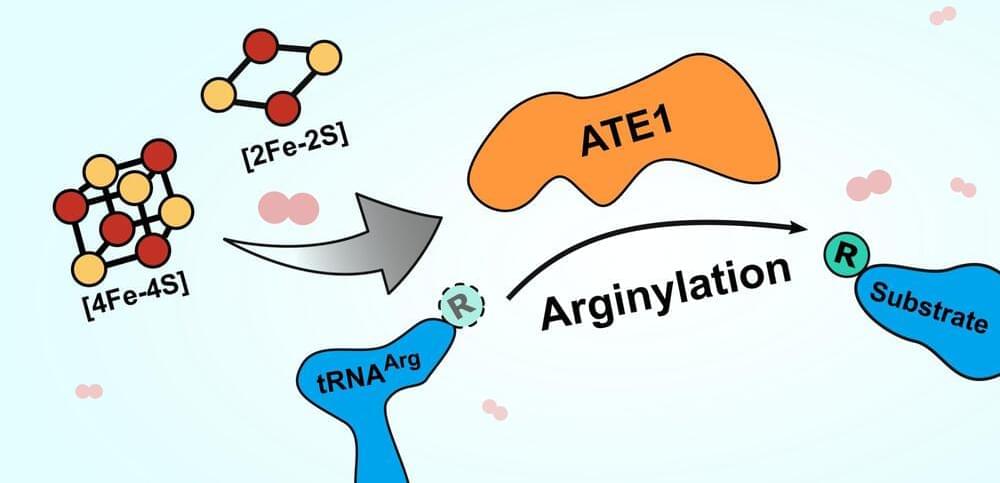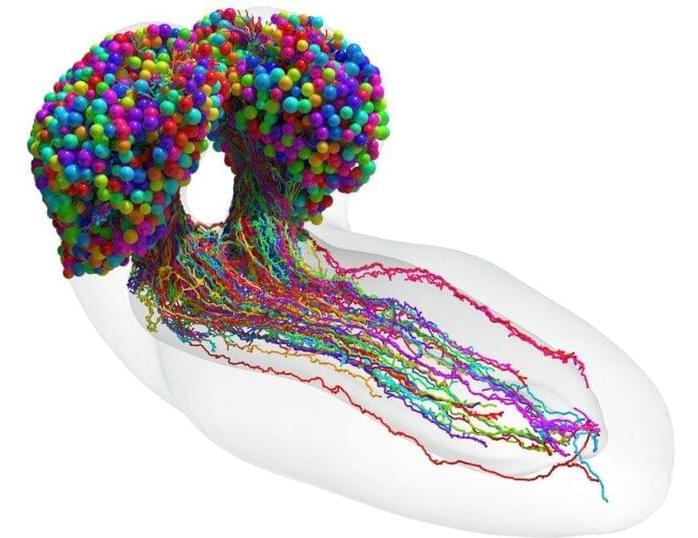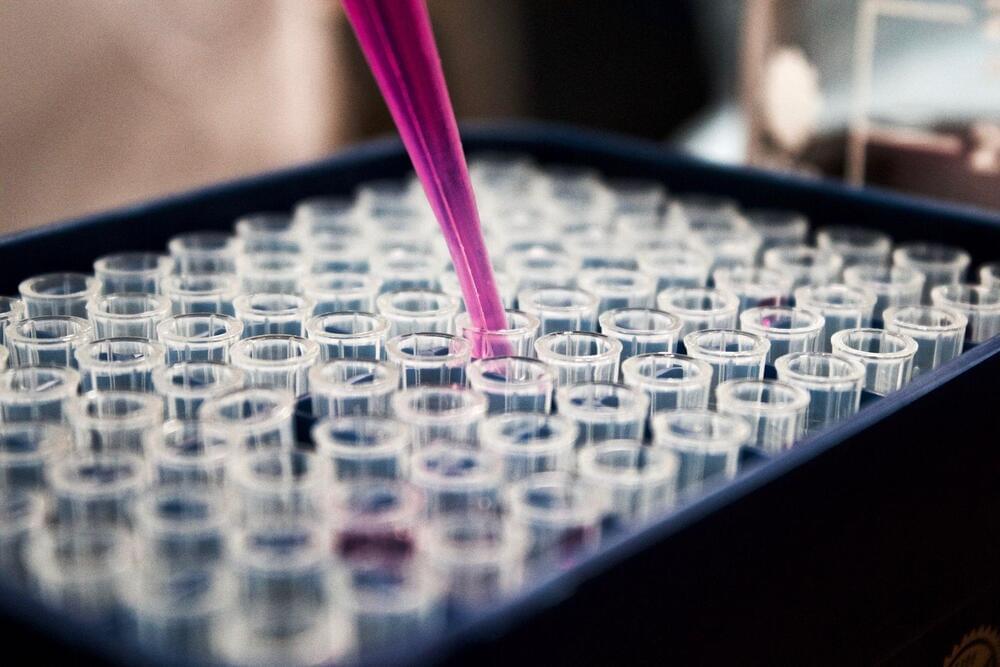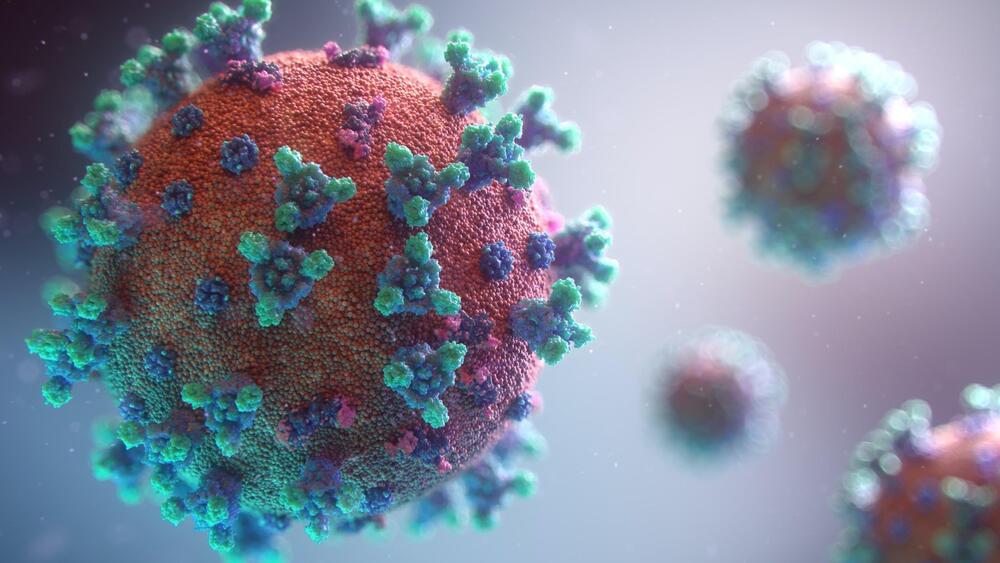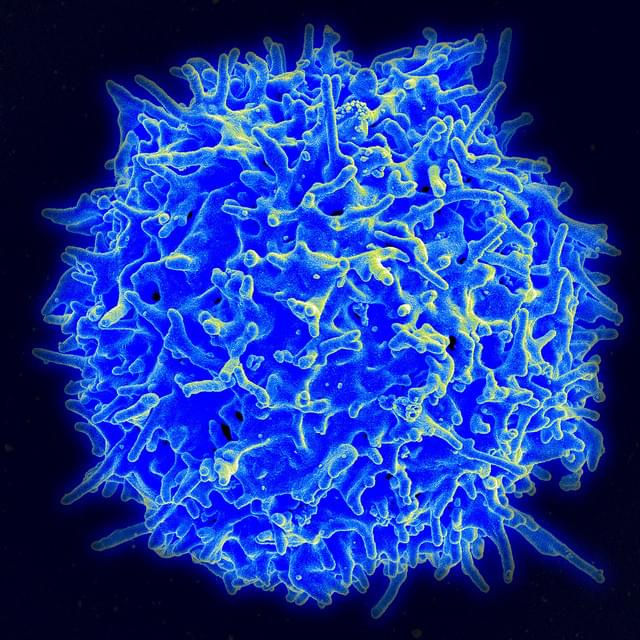Australian researchers have uncovered an enzyme capable of transforming air into energy. The study, which was recently published in the prestigious journal Nature, shows that the enzyme utilizes small amounts of hydrogen in the air to generate an electrical current. This breakthrough paves the way for the development of devices that can literally generate energy from thin air.
The discovery was made by a team of scientists led by Dr. Rhys Grinter, Ashleigh Kropp, a Ph.D. student, and Professor Chris Greening from the Monash University Biomedicine Discovery Institute in Melbourne, Australia. The team produced and studied a hydrogen-consuming enzyme sourced from a bacterium commonly found in soil.
Recent work by the team has shown that many bacteria use hydrogen from the atmosphere as an energy source in nutrient-poor environments. “We’ve known for some time that bacteria can use the trace hydrogen in the air as a source of energy to help them grow and survive, including in Antarctic soils, volcanic craters, and the deep ocean,” Professor Greening said. “But we didn’t know how they did this, until now.”
